The overarching goal of my research is to advance the scientific understanding of complex solid-fluid interactions in processes that involve extreme conditions in geological porous materials. These conditions include, for example, high stresses, high temperatures, high fluid pressures, various loading rates, heterogeneous internal structure, unconventional fluid characteristics (viscous, heavy, reactive), and soluble solid components. The enhanced understanding will help us to analyze and design the key geo-energy infrastructure systems towards higher efficiency, less environmental impact, and higher adaptation to evolving environmental stressors. Examples of these systems are unconventional fossil energy systems (e.g., shale gas and oil, heavy oil), renewable energy systems (e.g., shallow and deep geothermal energy systems), and geological storage of energy and waste (e.g., solar heat storage, CO2, H2, and nuclear waste disposal). I am interested in engineering these systems because of their tremendous societal impacts, including higher life quality and environmental health.
X-ray and Neutron CT for visualization of fractures
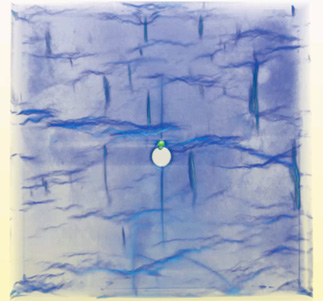
- X-ray CT for visualization of fractures
- Neutron CT for visualization of fractures and fluid flow through fractures and rock matrix
- Quantitative characterization of fracture morphology by deep learning techniques
Understanding and quantifying interactions
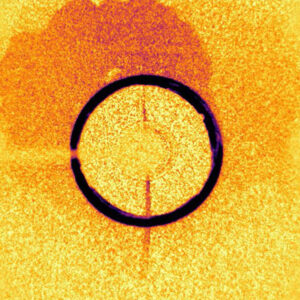
- Understanding and quantifying interactions among natural fractures, hydraulic fractures, porous matrix, fluid characteristics, and boundary conditions (stress, pressure, and temperature)
- High-resolution process monitoring techniques, e.g., high-speed DIC and AE
Experimental Geomechanics

To understand and quantify interactions between geo-energy fluids (supercritical water, CO2, H2, brine, oil, gas, and steam) and solids (carbonates, evaporites, granites, shales, etc.)
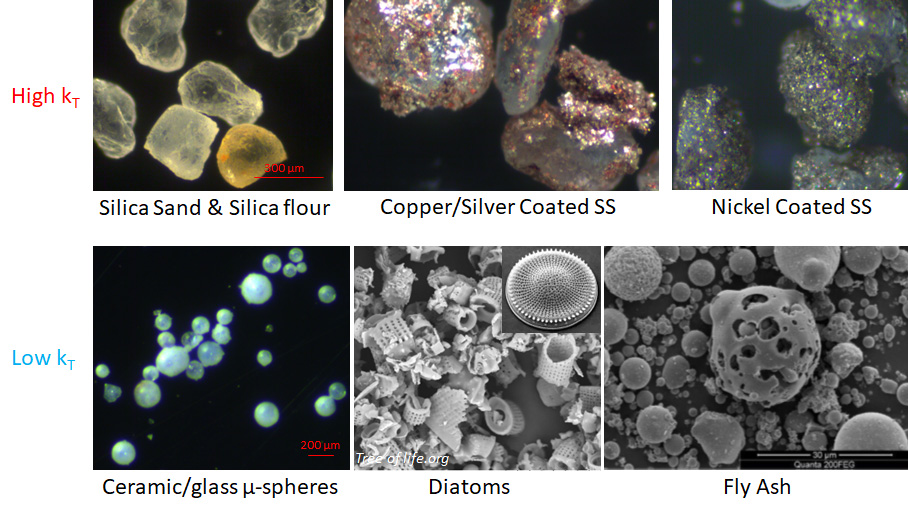
Understanding and quantifying the thermal, hydraulic, and mechanical properties of granular materials:
- Thermal energy storage
- Thermal foundations
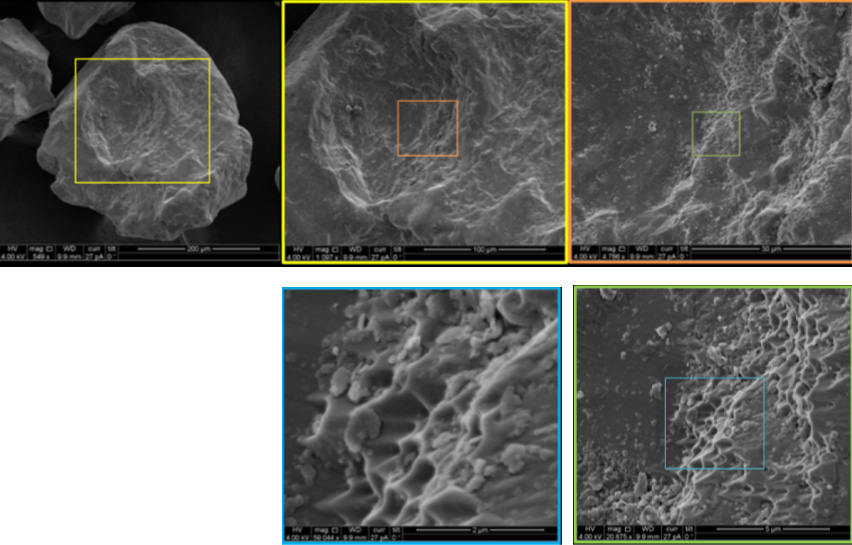
Chemo-mechanical processes in granular materials subject to extreme conditions, e.g., high-stress, high-pressure, high-temperature, and reactive fluid flow
Computational Geomechanics
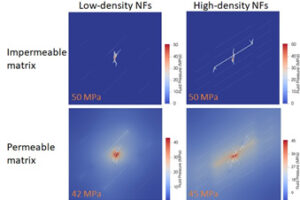
To understand and quantify
- Dynamics of HF/NF/Matrix/Fluid interactions
- Permeability enhancement
- Induced seismicity
- Inverse engineering
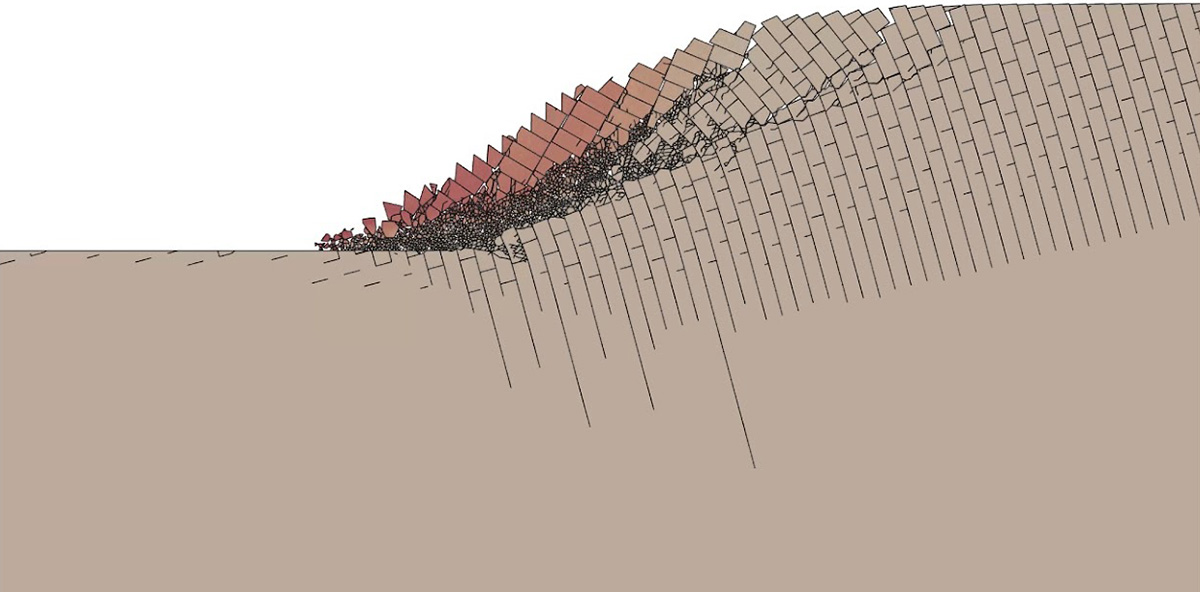
To understand and quantify the behavior of jointed rocks, including
- Progressive failure
- Governing parameters in the local and global phenomena
- Implications on the sustainability and resiliency of civil infrastructure